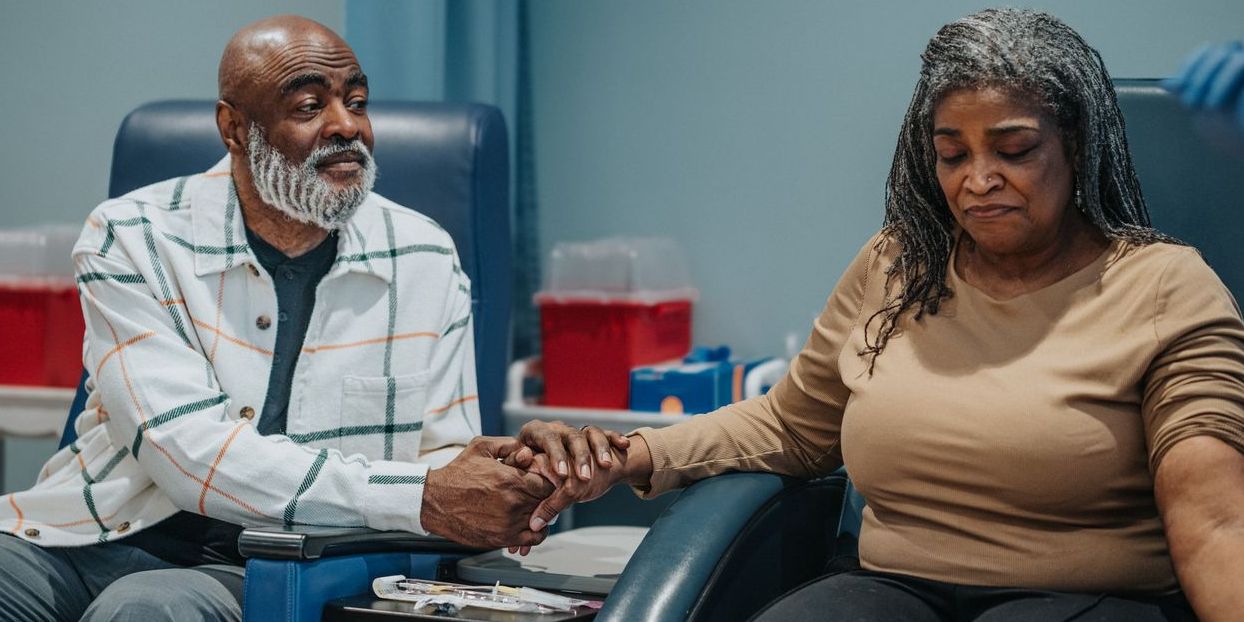Photo Credit: andegro4ka
The following is a summary of “Risk of Biochemical Recurrence and Metastasis in Prostate Cancer Patients Treated with Radical Prostatectomy After a 10-year Disease-free Interval,” published in the September 2024 issue of Urology by Hoeh et al.
Prostate-specific antigen (PSA) testing is a critical component in the postoperative monitoring of patients with prostate cancer (PCa) who have undergone radical prostatectomy (RP). Despite its widespread use, the optimal PSA thresholds for identifying patients at heightened risk of biochemical recurrence (BCR) remain inadequately defined, leading to inconclusive findings in existing literature. This study seeks to explore the incidence of late BCR in patients with prostate cancer (PCa) treated with RP, focusing on those who maintained undetectable PSA levels for an extended postoperative period of 120 months or more and aimed to identify prognostic factors associated with late BCR in this cohort.
A retrospective analysis was conducted involving patients with prostate cancer (PCa) treated with curative intent via RP from 1992 to 2012 across five European tertiary care centers. BCR was operationally defined as the presence of two consecutive PSA measurements ≥0.2 ng/ml. The analysis employed Kaplan-Meier and Cox regression models to examine the relationship between BCR and patient and tumor characteristics. The study cohort comprised 4,639 patients; 243 (5.2%) experienced late BCR, with a median follow-up duration of 147 months. Among those with BCR, 23 patients (9.5%) progressed to metastatic disease. Kaplan-Meier survival analysis indicated that BCR-free survival rates were significantly influenced by advanced tumor characteristics.
Multivariable Cox regression analysis identified several independent predictors of BCR, including pT stage (with hazard ratios [HR] of 1.46 for pT3a and 2.42 for pT3b), pathological Gleason score (HR of 1.71 for pGS 3 + 4 and 2.47 for pGS ≥4 + 3), surgical margin status (R1/Rx: HR of 1.72), and pNx stage (HR of 0.72). Conversely, age, PSA at diagnosis, and year of surgery did not demonstrate independent predictive significance for BCR. In conclusion, the findings suggest that among patients with prostate cancer (PCa) with a complication-free follow-up period of at least ten years post-RP, approximately one in twenty will experience late BCR. However, the notably low rates of late BCR and subsequent metastatic progression (0.3%) among patients classified with pT2 stage and pGS ≤3 + 4 support the argument for potentially ceasing follow-up beyond a decade of uneventful postoperative monitoring for this patient demographic, thus refining clinical management strategies and resource allocation.
Source: sciencedirect.com/science/article/abs/pii/S2588931124001949














Create Post
Twitter/X Preview
Logout